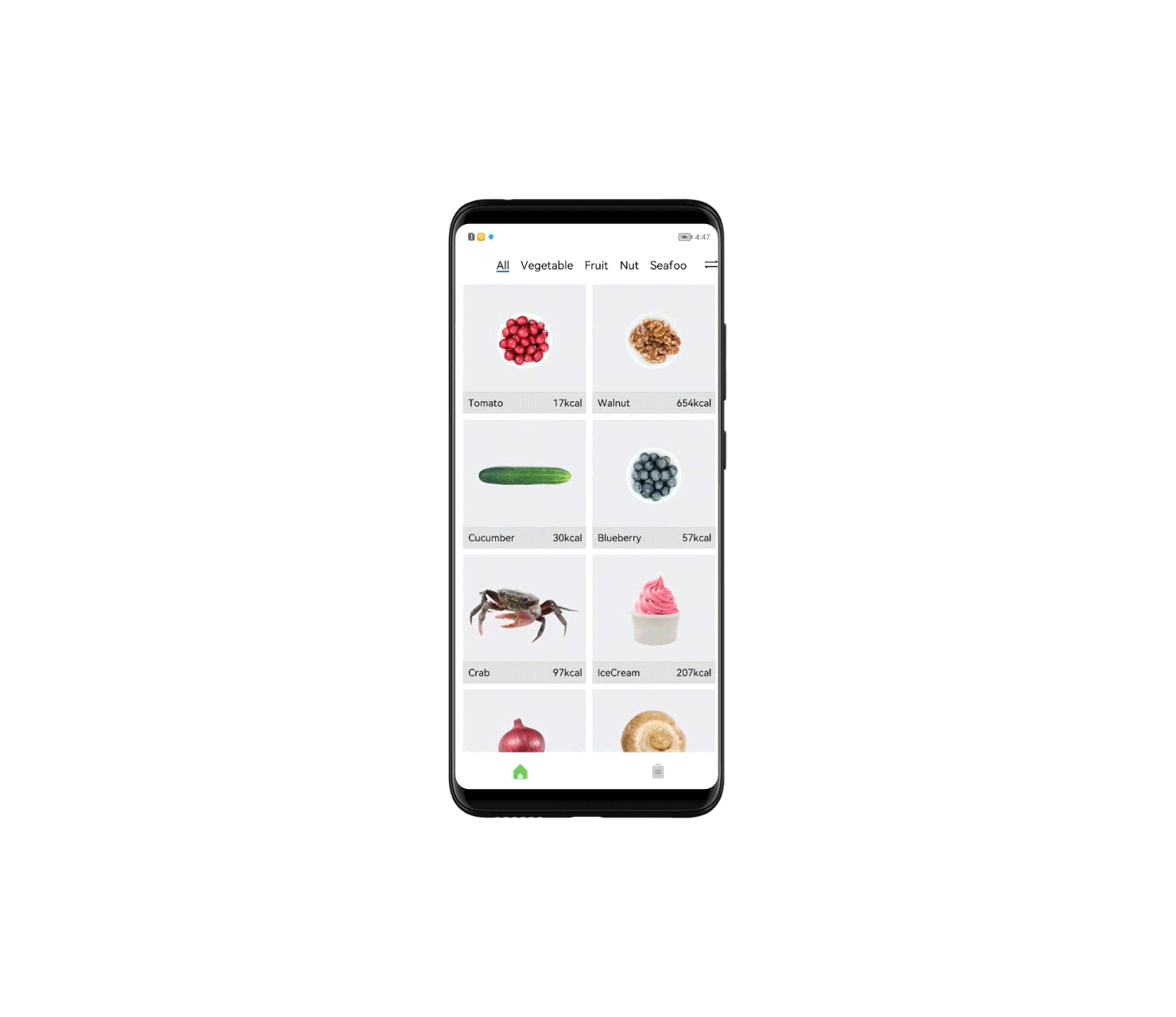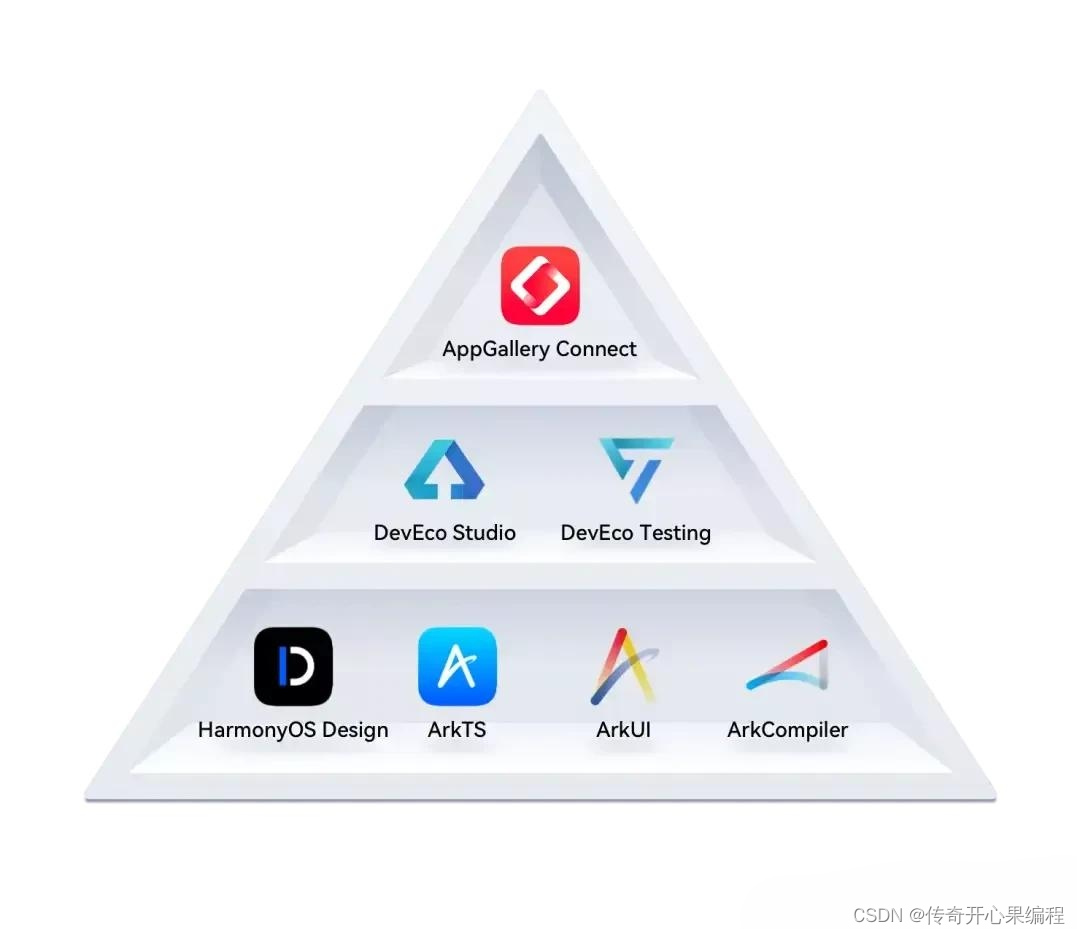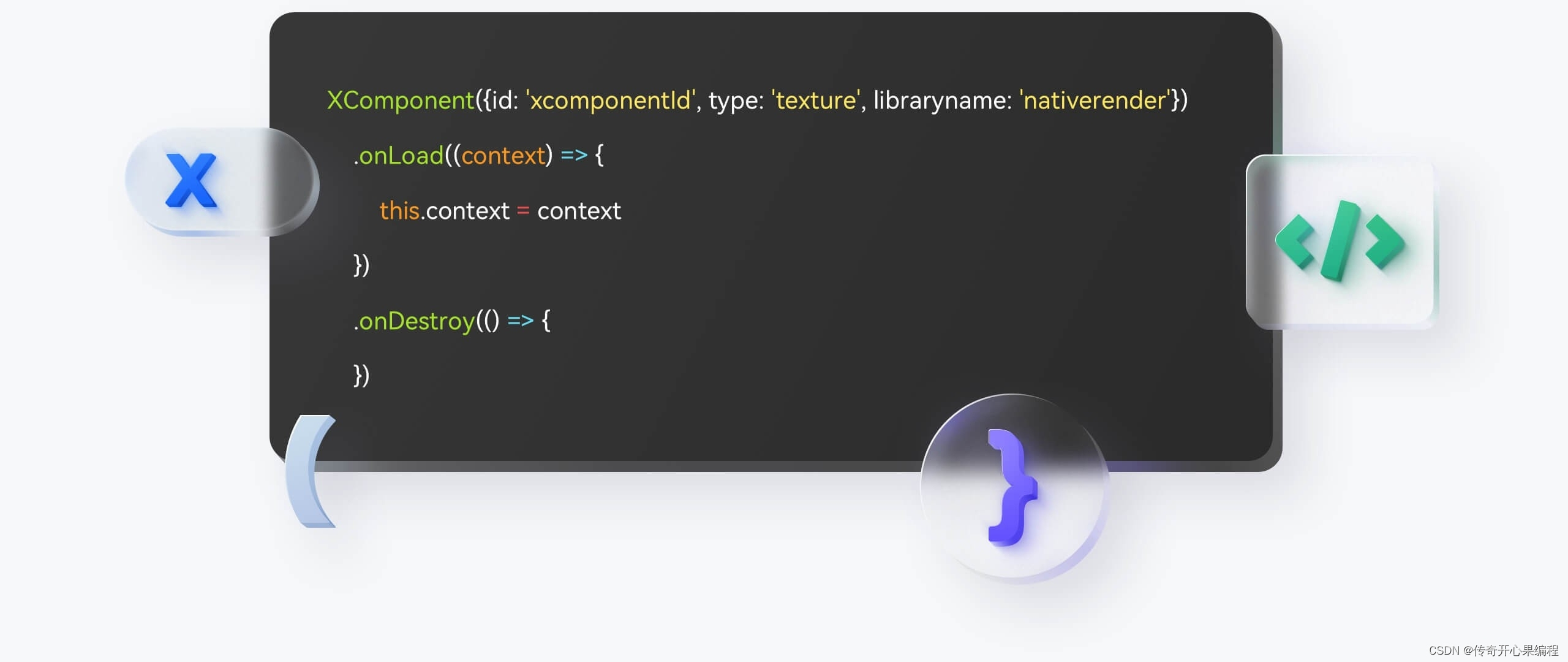传奇开心果短博文系列
- 系列短博文目录
- 鸿蒙开发技术点案例示例短博文系列
- 短博文目录
- 一、前言
- 二、编写第一个页面Index.ets 示例代码
- 三、编写第二个页面Second.ets示例代码
- 四、第一个页面Index.ets 跳转到第二个页面Second.ets 示例代码
- 五、第二个页面Scond.ets返回第一个页面Index.ets 示例代码
- 六、第二个页面Second.ets跳转到第一个页面Index.ets示例代码
- 七、小结和拓展思路提示
系列短博文目录
鸿蒙开发技术点案例示例短博文系列
短博文目录
一、前言
有了第一个页面,就会有第二个页面。顺势而为自然会有页面跳转路由。今天就讲一讲鸿蒙开发ArkTS编程添加页面,添加页面跳转和路由方法分步骤示例代码。

二、编写第一个页面Index.ets 示例代码

// Index.ets
@Entry
@Component
struct Index {
@State message: string = 'Hello World'
build() {
Row() {
Column() {
Text(this.message)
.fontSize(50)
.fontWeight(FontWeight.Bold)
// 添加按钮,以响应用户点击Button() {
Text('Next')
.fontSize(30)
.fontWeight(FontWeight.Bold)
}
.type(ButtonType.Capsule)
.margin({
top: 20
})
.backgroundColor('#0D9FFB')
.width('40%')
.height('5%')
}
.width('100%')
}
.height('100%')
}
}
三、编写第二个页面Second.ets示例代码

// Second.ets
@Entry
@Component
struct Second {
@State message: string = 'Hi there'
build() {
Row() {
Column() {
Text(this.message)
.fontSize(50)
.fontWeight(FontWeight.Bold)
Button() {
Text('Back')
.fontSize(25)
.fontWeight(FontWeight.Bold)
}
.type(ButtonType.Capsule)
.margin({
top: 20
})
.backgroundColor('#0D9FFB')
.width('40%')
.height('5%')
}
.width('100%')
}
.height('100%')
}
}
四、第一个页面Index.ets 跳转到第二个页面Second.ets 示例代码

// Index.ets
// 导入页面路由模块
import router from '@ohos.router';
@Entry
@Component
struct Index {
@State message: string = 'Hello World'
build() {
Row() {
Column() {
Text(this.message)
.fontSize(50)
.fontWeight(FontWeight.Bold)
// 添加按钮,以响应用户点击
Button() {
Text('Next')
.fontSize(30)
.fontWeight(FontWeight.Bold)
}
.type(ButtonType.Capsule)
.margin({
top: 20
})
.backgroundColor('#0D9FFB')
.width('40%')
.height('5%')
// 跳转按钮绑定onClick事件,点击时跳转到第二页
.onClick(() => {
console.info(`Succeeded in clicking the 'Next' button.`)
// 跳转到第二页
router.pushUrl({ url: 'pages/Second' }).then(() => {
console.info('Succeeded in jumping to the second page.')
}).catch((err) => {
console.error(`Failed to jump to the second page.Code is ${err.code}, message is ${err.message}`)
})
})
}
.width('100%')
}
.height('100%')
}
}
五、第二个页面Scond.ets返回第一个页面Index.ets 示例代码

// Second.ets
// 导入页面路由模块
import router from '@ohos.router';
@Entry
@Component
struct Second {
@State message: string = 'Hi there'
build() {
Row() {
Column() {
Text(this.message)
.fontSize(50)
.fontWeight(FontWeight.Bold)
Button() {
Text('Back')
.fontSize(25)
.fontWeight(FontWeight.Bold)
}
.type(ButtonType.Capsule)
.margin({
top: 20
})
.backgroundColor('#0D9FFB')
.width('40%')
.height('5%')
// 返回按钮绑定onClick事件,点击按钮时返回到第一页
.onClick(() => {
console.info(`Succeeded in clicking the 'Back' button.`)
try {
// 返回第一页
router.back()
console.info('Succeeded in returning to the first page.')
} catch (err) {
console.error(`Failed to return to the first page.Code is ${err.code}, message is ${err.message}`)
}
})
}
.width('100%')
}
.height('100%')
}
}
六、第二个页面Second.ets跳转到第一个页面Index.ets示例代码

// Second.ets
// 导入页面路由模块
import router from '@ohos.router';
@Entry
@Component
struct Second {
@State message: string = 'Hi there'
build() {
Row() {
Column() {
Text(this.message)
.fontSize(50)
.fontWeight(FontWeight.Bold)
Button() {
Text('Back')
.fontSize(25)
.fontWeight(FontWeight.Bold)
}
.type(ButtonType.Capsule)
.margin({
top: 20
})
.backgroundColor('#0D9FFB')
.width('40%')
.height('5%')
// 返回按钮绑定onClick事件,点击按钮时跳转到第一页
.onClick(() => {
console.info(`Succeeded in clicking the 'Back' button.`)
try {
/// 跳转到第一页
router.pushUrl({ url: 'pages/Index' }).then(() => {
console.info('Succeeded in returning to the first page.')
} catch (err) {
console.error(`Failed to return to the first page.Code is ${err.code}, message is ${err.message}`)
}
})
}
.width('100%')
}
.height('100%')
}
}
七、小结和拓展思路提示

上面的鸿蒙开发页面跳转和返回示例采用路由的方法实现。这是Stage模型的示例代码写法。
另外,除了页面路由跳转以外,使用Navigation和tabs组件导航,也可以实现页面切换。
![[C#]winform部署yolov7+CRNN实现车牌颜色识别车牌号检测识别](http://pic.xiahunao.cn/[C#]winform部署yolov7+CRNN实现车牌颜色识别车牌号检测识别)

)

访问的方法总结)
)

![[极客大挑战 2019]LoveSQL1](http://pic.xiahunao.cn/[极客大挑战 2019]LoveSQL1)


)

)
)





